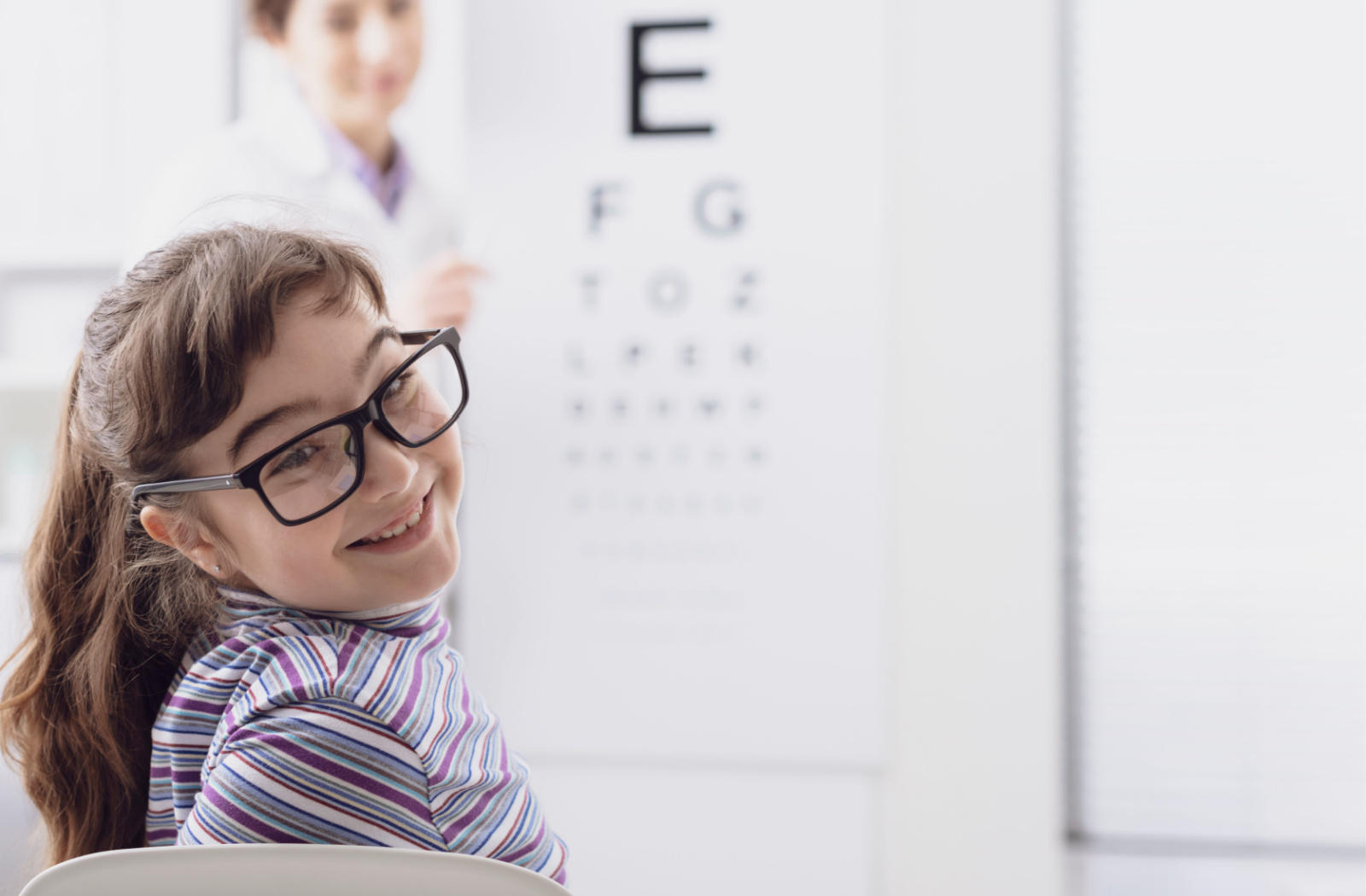Featured
Table of Contents

Normal eye exams are essential for keeping good vision and discovering potential eye health and wellness problems early. Nonetheless, the frequency of these examinations can vary significantly based upon an individual's age, way of living, and general health and wellness. Comprehending the recommended schedule for eye tests can assist guarantee that individuals of all ages receive proper care and surveillance for their eye health.
Infants and Toddlers (0-2 Years)
For toddlers and babies, eye tests are important for finding any type of potential vision issues early on. The American Academy of Ophthalmology advises that a youngster's initial eye examination need to occur at around six months old. During this first see, the eye care expert will assess the youngster's aesthetic advancement and look for any noticeable eye problems.Following this very first examination, it is recommended that children have one more eye test at age 3. This browse through will certainly concentrate on examining the child's general visual function, consisting of eye alignment and the capability to track things. If no concerns are spotted, the following exam needs to be arranged prior to the kid starts institution, usually around age five or six.
School-Aged Kids (6-18 Years)
As soon as children get to school-age child, regular eye tests need to be scheduled each to 2 years. Vision is essential for learning and development, and many institutions conduct vision screenings. Nonetheless, these testings do not replace an extensive eye exam by an eye treatment expert.For kids involved in tasks or sports requiring considerable aesthetic emphasis, annual eye exams may be advisable. Furthermore, if a kid exhibits indicators of vision issues-- such as difficulty reading, squinting, or frequent migraines-- a see to the eye medical professional need to be arranged immediately.
Young Person (19-39 Years)
Young grownups generally have fewer vision adjustments than older age, yet regular eye exams continue to be essential. The general referral is to arrange an eye examination every 2 years during this duration. People with certain threat factors-- such as a household background of eye illness, diabetes, or those that wear get in touch with lenses-- need to consider yearly eye examinations.In addition, those that spend significant time on electronic tools might experience electronic eye strain. If symptoms such as dryness, tiredness, or obscured vision occur, it may be important to see an eye treatment expert earlier.
Grownups (40-64 Years)
Adults aged 40 to 64 must arrange eye examinations every one to two years. Eye tests can also help identify other common age-related conditions such as glaucoma, cataracts, and macular deterioration.If people in this age team have risk elements such as high blood stress or diabetic issues, they may need more constant examinations to check their eye health and wellness closely.
Elders (65 Years and Older)
For elders, normal eye examinations end up being also much more crucial. The American Optometric Organization advises that people aged 65 and older have an eye exam at the very least when a year.Verdict.
Comprehending the proper timetable for eye tests based on age is crucial for keeping optimum eye health and wellness throughout life. By sticking to these standards and seeking advice from with an eye treatment professional, individuals can take proactive actions towards maintaining their vision and overall health and wellness.Latest Posts
A Historic Shoreline Location with Modern Delights
Published Apr 08, 25
1 min read
Experience Coastal Beauty at Deauville Inn
Published Apr 06, 25
1 min read
Experience Coastal Beauty at Deauville Inn
Published Apr 02, 25
1 min read